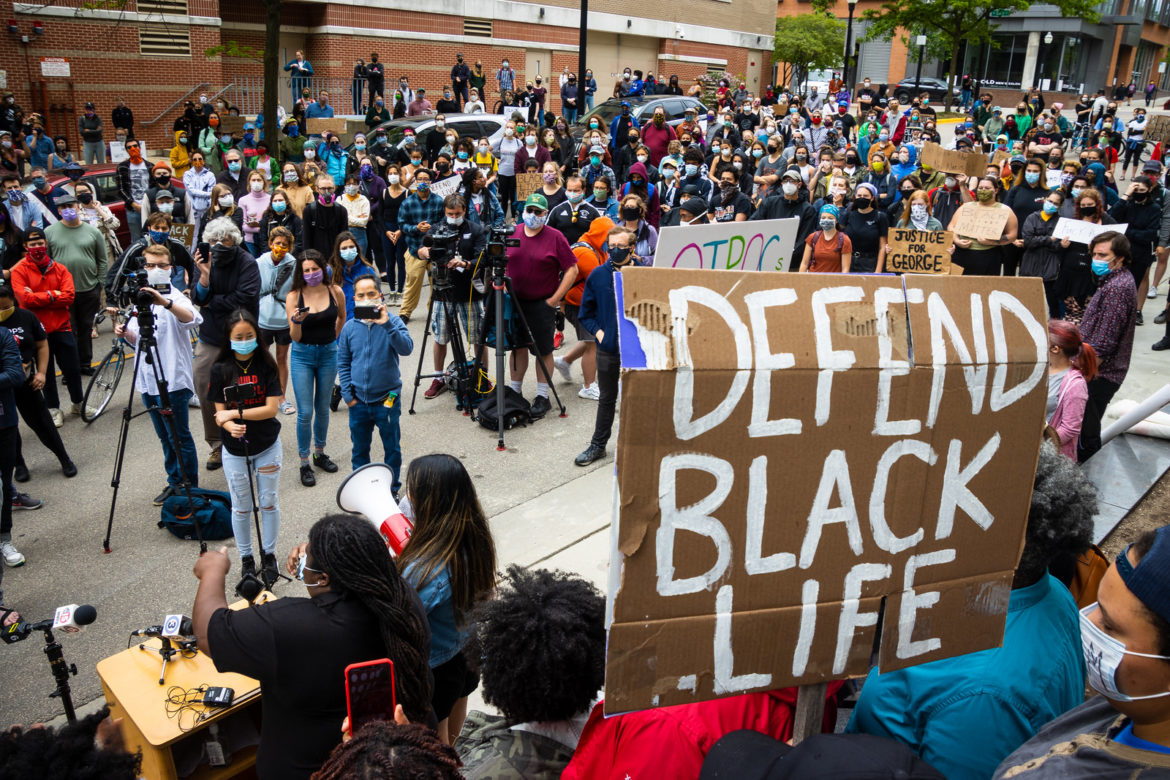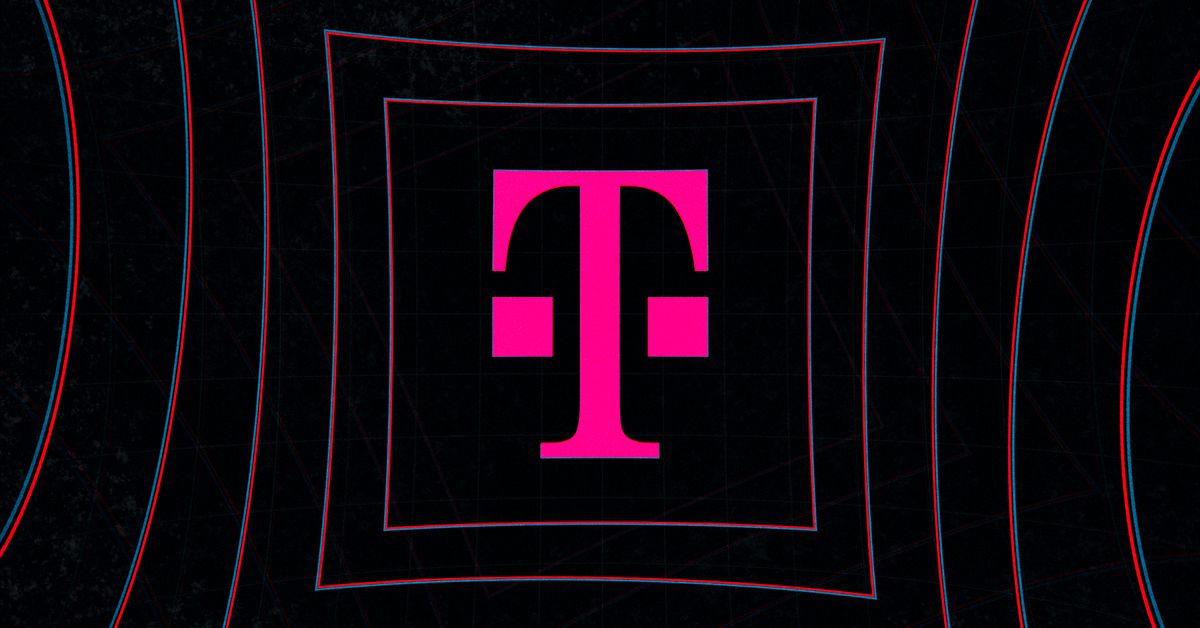Rethinking Police Response to Protests: Bicycles and ‘Active Listening’
A series of roundtables convened by the Department of Justice last year in the aftermath of the George Floyd protests has produced 102 recommendations for a softer "tiered" approach to policing demonstrations that employs force only as a last resort.

Law enforcement agencies should adopt a softer “tiered approach” to handling protests and demonstrations that employs force as a last resort, according to a report from the Department of Justice.
Strategies employing “respectful engagement and active listening that meet community members where they are” are critical to protecting First Amendment rights of peaceful assembly and to ensuring public safety, the report said.
“Softer” policing of protests doesn’t mean a hands-off attitude, the report declared, noting there were a number of proactive tools available to modern law enforcement that could reduce the likelihood of violent clashes and injuries.
They range from training specialized officers responsible for “community trust-building” in advance of demonstrations to the deployment of massed bicycle units.
The report, “21st Century Protest Response: Promoting Democracy and Advancing Community and Officer Safety,” contained 102 recommendations gleaned from over a year of town halls and roundtables conducted with police, researchers and community leaders around the country.
The study, organized by the Office of Community Oriented Policing (COPS) in collaboration with major policing think tanks such as the National Policing Institute and the Police Executive Research Forum (PERF), was established as a response in part to the demonstrations that exploded across the country in 2020 and 2021 after the killing of George Floyd.
Although most of the demonstrations were peaceful, some descended into violence, perpetrated by protesters in some cases, and by police in others.
(The report did not appear to include any references to, or lessons learned, from the Jan. 6 Capitol riot.)
The town halls and roundtable events produced a consensus among “law enforcement, community, and academic participants…that there is an important difference between using force because it is permissible and using force because it is needed,” the report said.
According to the study, “tiered deployment” of law enforcement “is one of the most promising strategies emerging from the literature on protest response.”
“Low-profile” methods of policing protests “would involve bicycle officers and motorcycle squads wearing regular uniforms rather than armored vests who could engage positively with the crowd, “when circumstances allow,” while staging more heavily armed platoons nearby but out of sight.
“While a soft uniform can place officers in danger, especially if events turn violent quickly, too ‘hard’ (or militaristic) a look—officers in full personal protective equipment—can escalate tensions with a crowd,” the report said.
“Likewise, officer deployments and formations that convey less aggressive tactics can help keep tensions at bay, so long as officers remain safe.”
Even when the deployment of more heavily armed police becomes necessary, policies and procedures should be followed “that explicitly limit the use of force to specific individuals and groups committing criminal offenses, not entire groups of demonstrators,” the report said.
But stakeholders at the roundtables agreed that diplomacy conducted by law enforcement agencies in advance of demonstrations was crucial to reducing the likelihood of violence.
‘Co-Producing Public Safety’
The report called on police agencies to designate and train at least one specialized officer who focuses on community relationship-building, rather than responding to calls for service. His or her ability to build social capital can result in a police-community partnership to “co-produce public safety,” both in times of protest and beforehand.
“It is important that police understand the role that the community can play during protests,” the report said.
“Community leaders and organizers can communicate expectations and set the tone for safe protests. They can watch for dangerous behavior and notify police of individuals who may be putting the crowd at risk.”
Another recommendation called for having organizational systems, processes, and policing strategies in place that provide a framework for engagement between law enforcement and community members; prioritizes community partnerships; and understands the issues, social structure, and context in anticipation of potential protests.
But the report authors also cautioned law enforcement agencies to be “realistic” about what community leaders could do.
“Some community organizers have reported feeling stuck in the middle at times—feeling as if both law enforcement and community members have unreasonable expectations of organizers’ control over protesters,” the report said..
Hardest of all, the report conceded, was establishing channels of communication with folks who want nothing to do with you.
“Efforts to engage and communicate with difficult-to-reach groups in ways that are more acceptable to them can also demonstrate to other groups and community members the department’s continuing commitment to community policing,” the report said..
Be Empathetic
Equally important: police should be empathetic, even if it’s difficult, especially when there are fatalities or injuries.
“In the aftermath of fatal use of force incidents against unarmed Black individuals, criminal justice executives rarely use empathetic or sympathetic language in public statements,” the report observed.
Some police executives, however, have set a template for others to follow, with statements like “I want to extend my heartfelt sorrow and sympathies to . . .” and “I cannot fathom the pain [decedent’s name’s] family is feeling. This didn’t have to happen, and it should not have,” the authors noted approvingly.
“Depending on the situation, the agency’s message can range from expressions of empathy to outrage to apology,” the report said. “But a just-the-facts approach should be avoided.”
Be Accountable
After protests, law enforcement agencies should make accountability data available on their websites, that contains the number of protesters, arrests, protester injuries, officer injuries, uses of force by type, and complaints, the report said, adding that body-worn camera footage could also be made available.
“Making this information available would help the community understand what transpired and what the department did in keeping it safe,” said the report.
Other recommendations included training modules to inform officers on the procedures and legal issues that govern a department’s response to demonstrations. A key element of that training would encourage officers to leave their private views about the causes espoused by the demonstrators in the locker room.
During the roundtables and town halls, “some community organizers noted that some law enforcement agencies responded differently to demonstrations about police use of force than they did to demonstrations about the 2020 elections or other topics,” the report asserted.
“Organizers attributed the difference to the demographics of the demonstrators and other biases. It is important to acknowledge this perception of disparate treatment and to communicate processes and procedures to combat potential biases during response.
“Just as law enforcement agencies analyze calls for service and crime data, agencies should review how they respond to demonstrations to determine whether biases might exist.”
Turning to the safety of the officers themselves, the report said police “wellness” should be a major consideration in handling demonstrations and protests.
“2020 and 2021 were some of the most trying times in history for law enforcement officers and their families,” the report said. “Throughout the COVID-19 pandemic, officers faced unprecedented stress because of concerns that they would bring the virus back to their families as they continued to work in public areas.”
In response to the increased stress, officer wellness programs that include support and meal breaks for police who are working extended hours can reduce tension and cool tempers on the front lines.
Officers’ families should also be involved in preparing for the likely stresses of round-the-clock shifts during protests, the report said.
Departments were also advised to designate an “Officer Safety and Wellness Commander” to help officers get their needs met during a protest response.
As part of the consultation process leading to the report, police and community representatives from a number of cities were asked about their experiences during the 2020–2021 protests, the challenges they faced, and what they felt went well.
In addition to the 21 panelists, nearly 500 observers with policing think tanks attended the town halls.
The full report can be downloaded here
This summary was prepared by TCR Executive Editor Stephen Handelman.

 Landwebs
Landwebs 






















